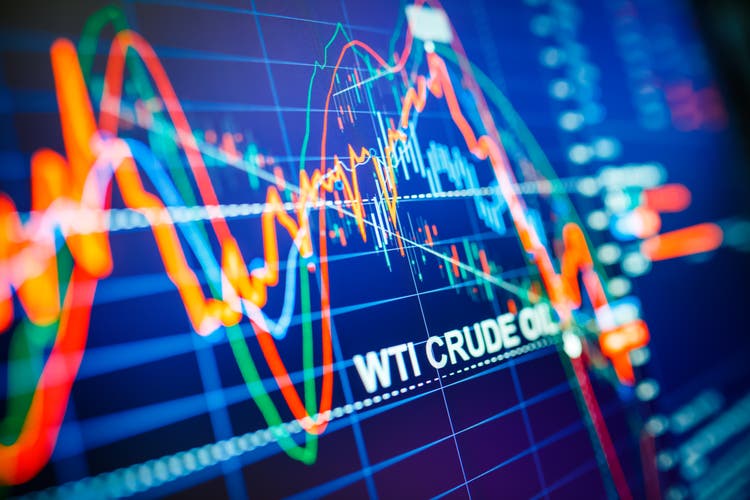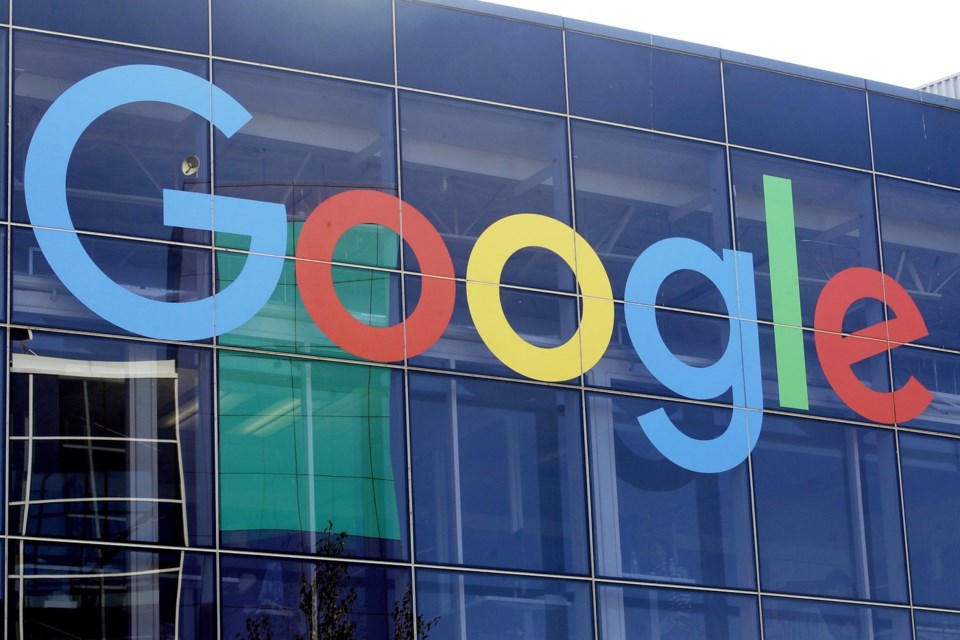There's a lot of uncertainty these days. The Trump administration's tariff policy has spooked the markets, sparking fears we could be heading toward a recession. Economic downturns typically cause businesses and consumers to pull back on spending, hurting corporate profits.
That can cause some companies to cut their dividends. However, tariffs and a potential economic downturn shouldn't have much impact on Verizon ( VZ -1.10% ) .

The telecom giant produces fairly durable cash flow because it provides vital wireless and broadband services to consumers and businesses. Because of that, the company's monster 6.5%-yielding dividend is safe, offering investors a bankable return amid all the uncertainty.
A cash-flow machine Verizon generates a lot of recurring revenue as businesses and consumers pay their wireless and broadband bills. The company generated $33.5 billion of revenue during the first quarter of this year, up 1.
5%, including an industry-leading $20.8 billion in total wireless service revenue (up 2.7%).
The telecom giant is very profitable and produces strong cash flow. Its cash flow from operations was $7.8 billion during the first quarter, a $700 million increase from the prior year.
It was enough cash to cover its capital expenses ($4.1 billion) and dividend payment ($2.9 billion), with room to spare ($700 million in excess free cash flow).
That continued its trend of producing strong excess free cash flow. Verizon generated $8.6 billion in excess free cash flow after capital expenses and dividend payments last year.
The company has been using its excess free cash flow to strengthen its already rock-solid balance sheet. It ended the first quarter with a 2.3 times leverage ratio , down from 2.
6 in the year-ago period. That rock-solid financial metric backs the company's strong bond ratings of A-/BBB+/Baa1. A history of delivering dividend stability and growth Verizon expects that 2025 will be another solid year.
It anticipates delivering 2%-2.8% total wireless service growth and adjusted earnings-per-share growth of up to 3%. That positions the company to produce strong free cash flow of $17.
5 billion-$18.5 billion after capital expenses, which is plenty to cover its current dividend outlay (about $11.6 billion annually).
That gives the company a big cushion . It can continue using its excess free cash flow to strengthen its balance sheet ahead of its pending acquisition of Frontier . The $20 billion all-cash deal, which should close next year, will enhance Verizon's fiber network while generating at least $500 million in annual cost savings for the combined company.
While Verizon cautioned that its guidance doesn't reflect any assumptions relating to the potential impacts of tariffs, they shouldn't significantly affect its business. The company doesn't rely on imports or exports to make money, insulating it from the direct effects of tariffs. However, it's not completely immune.
Some price-conscious consumers are switching to cheaper plans with rival mobile carriers due to concerns about inflation and a recession, which could continue if the economy starts to deteriorate. On a more positive note, the company has invested heavily in upgrading its networks to faster 5G and fiber technology in recent years, which should help limit customer churn. Verizon's business has proven its durability over the decades.
Its dividend history is one piece of evidence of its resiliency. The company has increased its payment for 18 straight years, which includes two severe recessions. That's the longest current dividend growth streak in the U.
S. telecom sector. An income safe haven from a potential economic storm Verizon is a fairly recession-resistant business that generates a lot of recurring cash flow.
The company currently produces an abundance of free cash flow, which easily covers its big-time dividend. Add in a balance sheet that has been growing stronger by the quarter, and that payout is on rock-solid ground. That makes Verizon a safe place to earn a tangible return in the form of its lucrative dividend income during what could continue to be a rocky period for the stock market and economy.
.
















